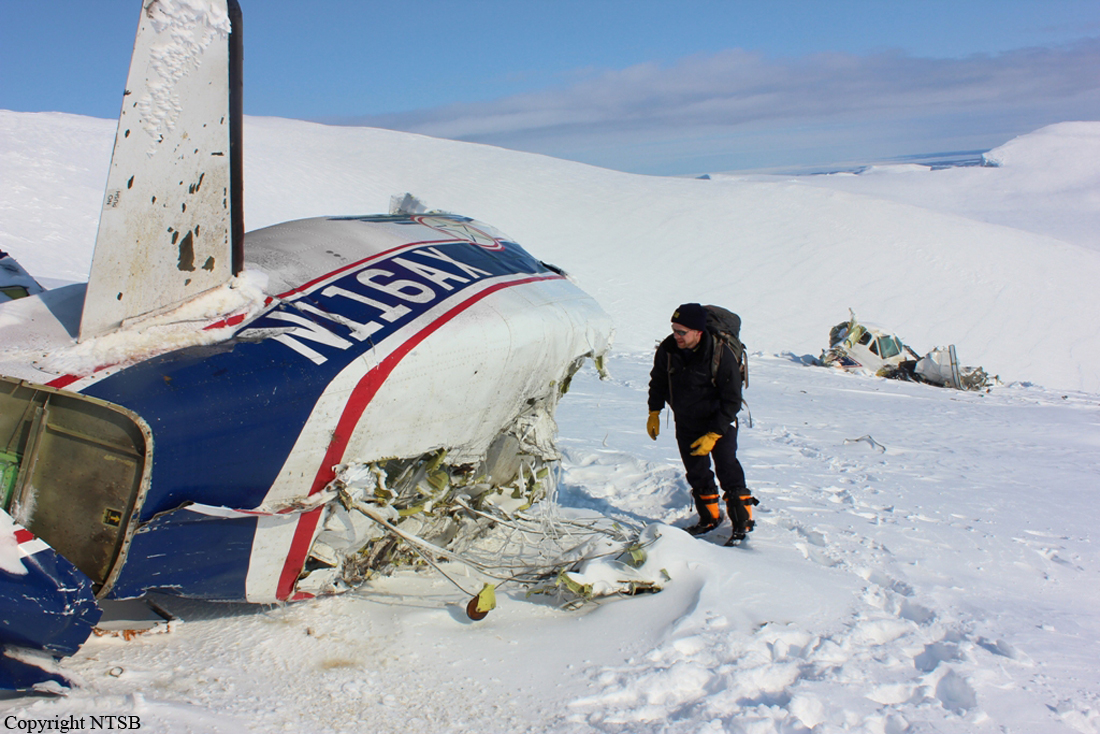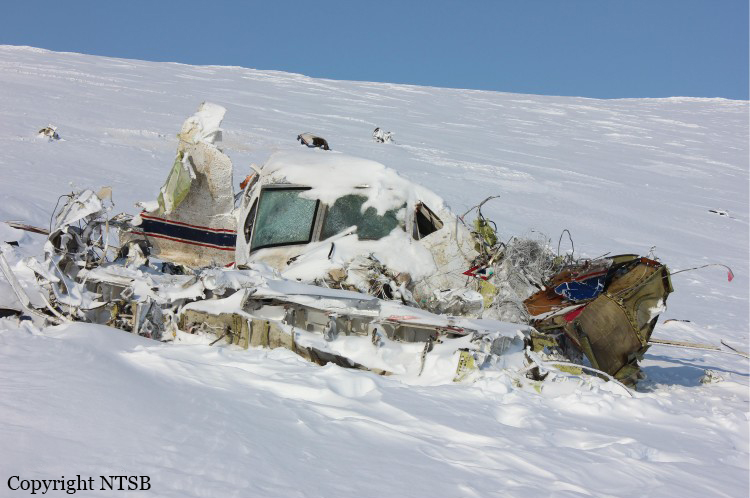Country
Crash of a Beechcraft 1900C in Kendall: 4 killed
Date & Time:
Feb 11, 2015 at 1439 LT
Registration:
YV1674
Survivors:
No
Schedule:
Kendall - Procidenciales
MSN:
UC-47
YOM:
1988
Crew on board:
2
Crew fatalities:
Pax on board:
2
Pax fatalities:
Other fatalities:
Total fatalities:
4
Captain / Total hours on type:
1476.00
Copilot / Total hours on type:
152
Aircraft flight hours:
35373
Circumstances:
The accident flight was a repositioning flight being operated by two airline transport pilots, and it was the multiengine turboprop airplane's first flight after an aviation maintenance technician (AMT) had replaced the left engine propeller with an overhauled propeller. The AMT subsequently performed an engine run, which included verifying correct power settings and corresponding blade angles. A review of flight data recorder (FDR) data revealed that, about 2 seconds after rotation, the left engine propeller rpm decreased to 60 percent, and the left engine torque increased off-scale (beyond 5,000 ft lbs), which is consistent with the left propeller traveling to the feathered position and the engine torque increasing in an attempt to maintain propeller rpm. About 30 seconds later, the flight crew shut down the left engine and attempted to return to the departure airport. Postaccident examination of the rudder trim actuator revealed that the rudder trim was at its full-right limit, which would have occurred to counteract the left engine drag before its shutdown. Based on this evidence, it is likely that the flight crew did not readjust the trim when the drag was alleviated, which resulted in the airplane being operated in a crosscontrolled attitude for about 50 seconds with a left bank and full-right rudder trim. Although the airplane should have been able to climb about 500 ft per minute with one engine operating, it slowed and descended from 300 ft in the cross-controlled attitude until it stalled, as indicated by a stall warning recorded by the cockpit voice recorder, and subsequently impacted terrain. Examination of the wreckage, including teardown examination of the left engine and propeller, did not reveal any preimpact mechanical anomalies. Review of the airplane maintenance manual revealed instructions to check the propeller reversing linkage on the front end of the engine, which controlled the beta valve, for proper rigging during propeller installation. The manual also contained a warning that misadjustment of the beta valve can cause unplanned feathering of the propeller and result in a possible hazard to airplane operation and over torque damage to the engine; however, the beta valve rigging could not be verified postaccident due to impact damage. Additionally, the ground/flight idle solenoid energizes when weight becomes off wheels and further opens the beta valve, which could exacerbate an existing misrigged condition as soon as the airplane becomes airborne, which is when the airplane experienced the uncommanded propeller feathering. The FDR data were consistent with the flight crew not performing the Before Takeoff (Runup) checklist. One of the items on that checklist was a low-pitch solenoid test, which would have energized the solenoid and possibly driven the left propeller uncommanded to feather during ground operations rather than in flight. A similar test during the post maintenance engine-run would have had the same results.
Probable cause:
The left engine propeller's uncommanded travel to the feathered position during takeoff for reasons that could not be determined due to impact damage. Contributing to the accident was the flight crew's failure to establish a coordinated climb once the left engine was shut down and the left propeller was in the feathered position.
Final Report:
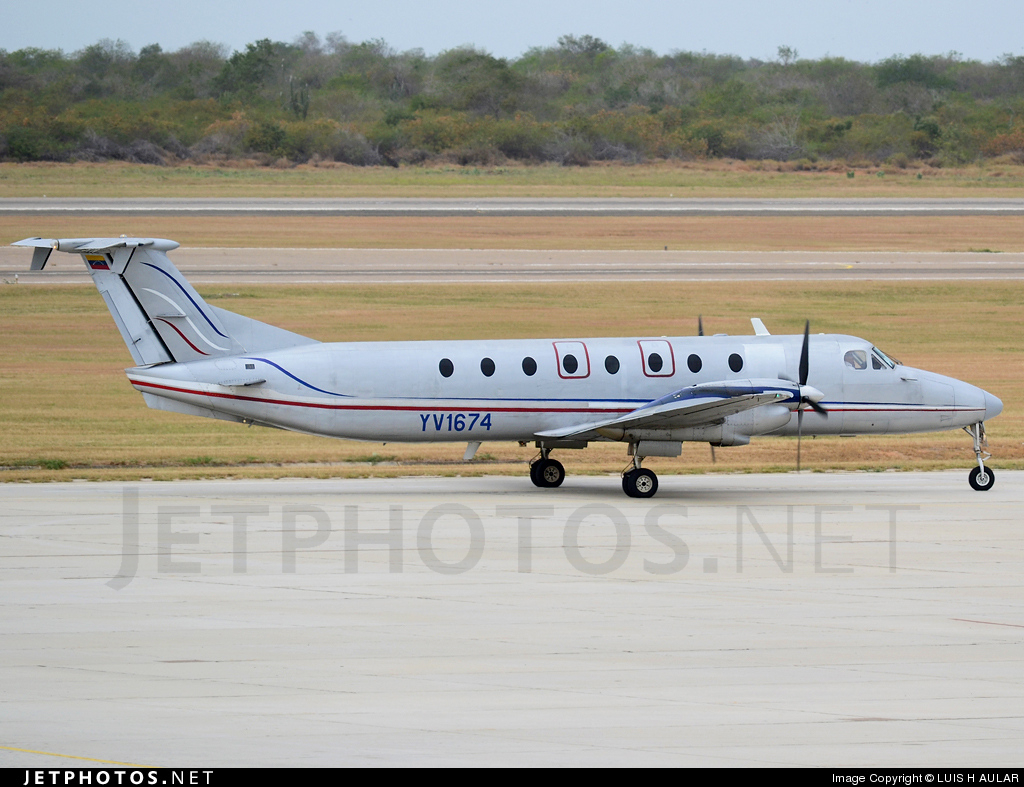

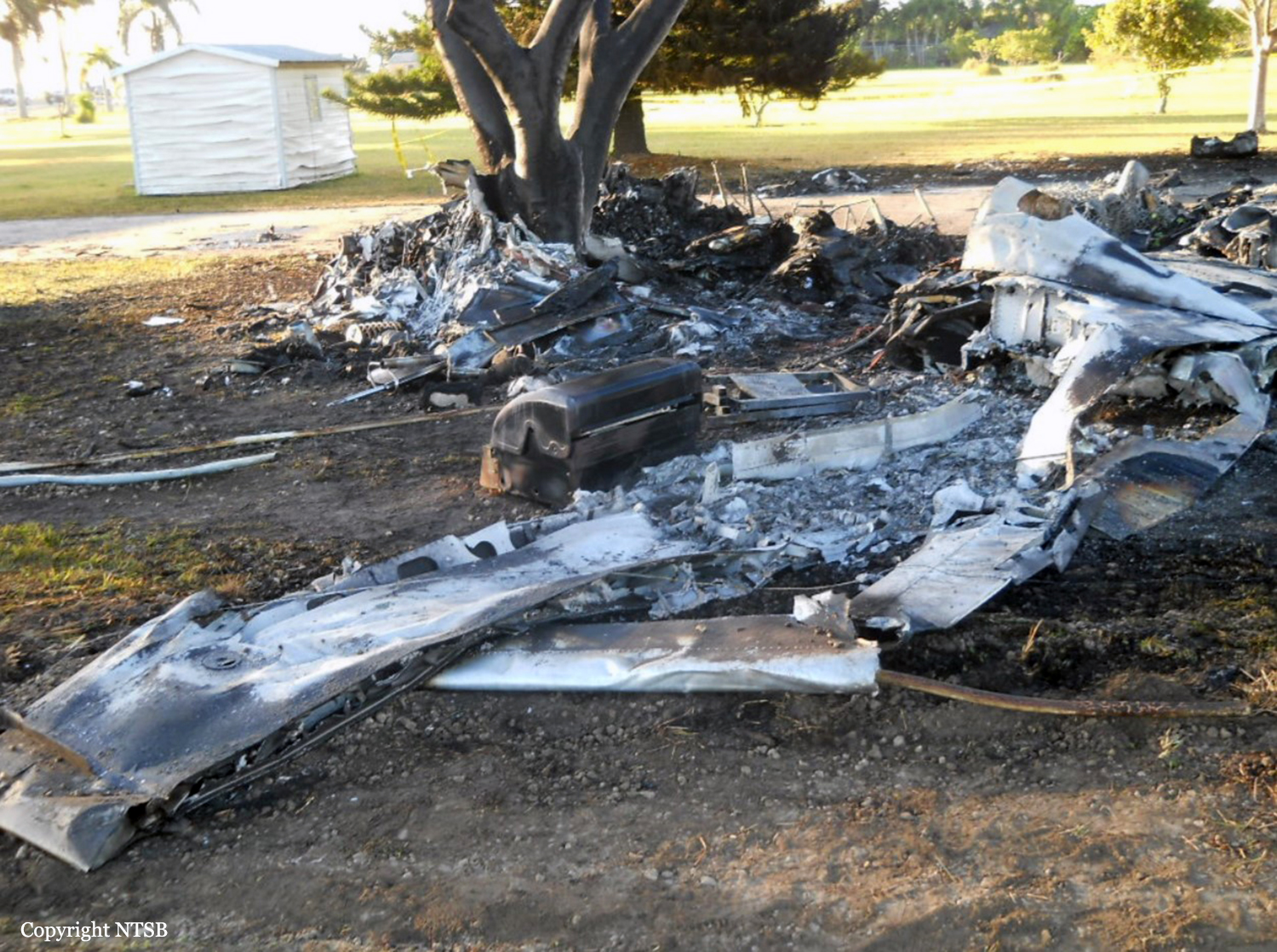
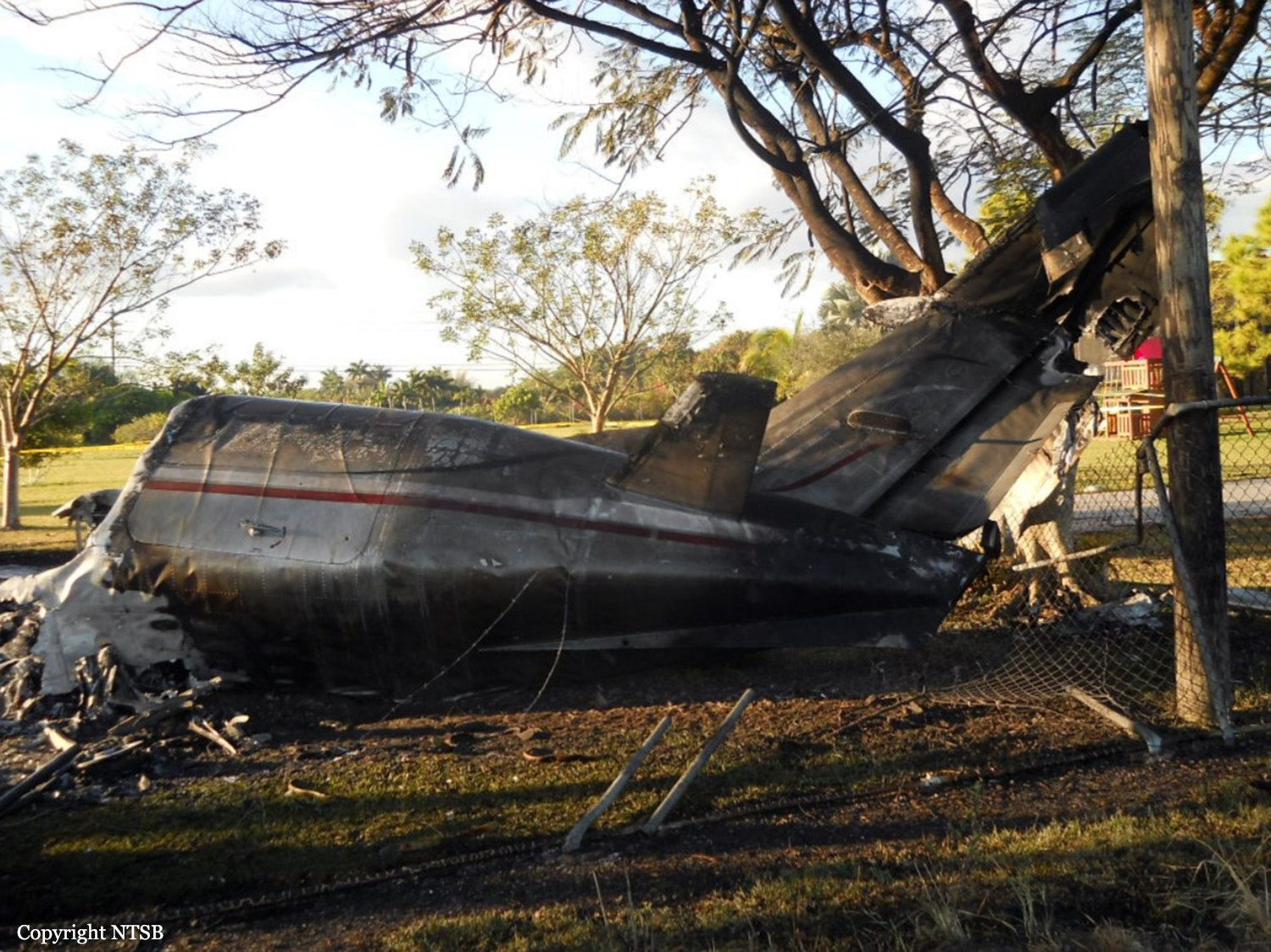
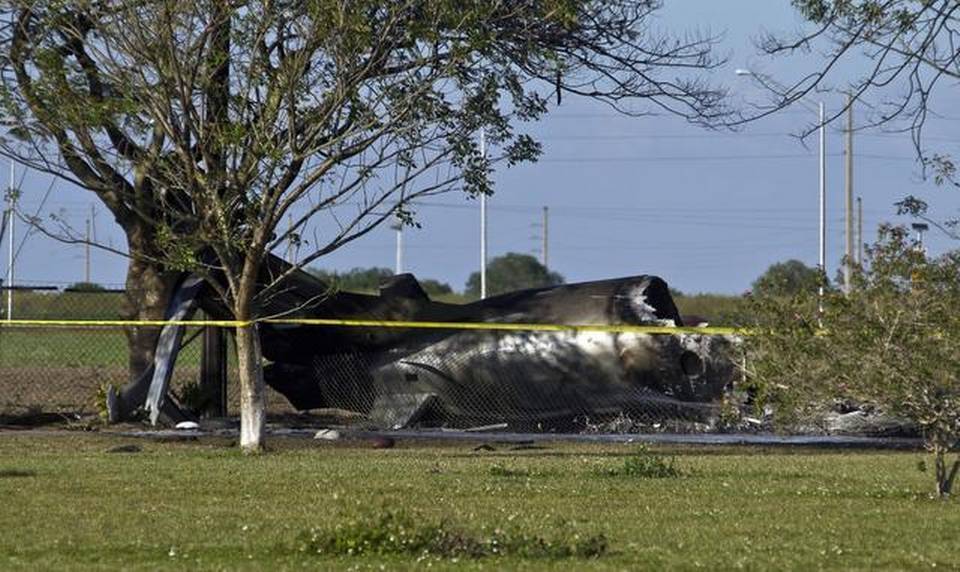
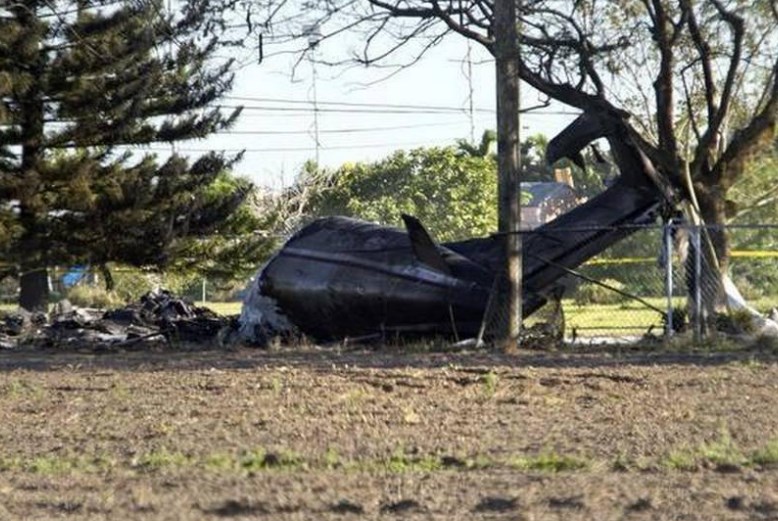
Crash of a Beechcraft 1900C-1 off São Tomé: 1 killed
Date & Time:
Apr 7, 2013 at 1613 LT
Registration:
ZS-PHL
Survivors:
No
Schedule:
Johannesburg – Ondangwa – São Tomé – Accra – Bamako
MSN:
UC-74
YOM:
1989
Crew on board:
1
Crew fatalities:
Pax on board:
0
Pax fatalities:
Other fatalities:
Total fatalities:
1
Aircraft flight hours:
23388
Aircraft flight cycles:
29117
Circumstances:
The aircraft was planned to fly from Lanseria airport (FALA) in Republic of South Africa to Bamako airport (GABS) in Mali with a stopover in Ondangwa airport (FYOA) in Namibia, São Tomé International airport (FPST) in São Tomé and Príncipe and Accra airport (DGAA) in Ghana, with a rough estimating time of approximately 15hrs flying, not including the ground time at airports of stopover. The aircraft had been in Lanseria airport (FALA) in Republic of South Africa (RSA) for maintenance check (including but not limited to engine work and interior refurbishing). Prior to the planned flight, the aircraft underwent flight check for 45 minutes after completed planned maintenance on Saturday, April 6th, flown by the Captain and another SAS company pilot. The aircraft departed FALA to FYOA for its first stop over whose flight time was 03:35h. The planned departure from FYOA was delayed due to trouble in starting the right engine. The aircraft took off at 1021hrs contrary to planned 0830hrs. For the second leg of the flight, the aircraft departed FYOA to FPST with filed flight plan of 05 hours and 20 minutes (flight time) having FYOA as alternate. Leaving the Namibian airspace the pilot only contacted Luanda ATC and São Tomé Tower as destination, and at no time did he contact Brazzaville or Libreville for any further clearance within Brazzaville FIR: It is important to emphasize that on that day, the west coast of Africa in the vicinity of Gulf of Guinea had widespread moderate to severe thunderstorm activity with lighting and heavy rain. When initiating descent to São Tomé from FL 200 to 4000 feet as instructed by São Tomé ATC, the pilot was advised that weather was gradually deteriorating at airport vicinity. At 1610hrs the pilot had last transmission with Control Tower informing them about his position which was 9 nm inbound to São Tomé VOR at 4000 feet and also informed the ATC that he was encountering heavy rain. Having lost contact with aircraft at 1613hrs, the São Tomé ATC tried several times to contact the airplane by VHF118.9, 127.5, 121.5 and HF 8903 without success. Facing this situation the ATC sent messages to FIRs of Brazzaville and Accra and Libreville Control as well, some airlines flying within São Tomean an adjacent airspace were contacted for any information but all responses were negative. A Search and Rescue operation started on 7 April 2013 the same day the accident occurred and was conducted on the sea and on the island; no trace of aircraft or its debris, pilot or any cargo were found. The search was terminated on 20 April at 1730hrs.
Probable cause:
By the fact that there is no evidence of the crash, the cause of the accident cannot be conclusively decided, however the investigation discovered series of discrepancies and noncompliance which includes:
Pilot:
- Planned long flight as solo pilot from Lanseria to Bamako is excessive for pilot fatigue perspective (over 15 hours flying).
- The First Class FAA (USA) medical Certificate issued on April 23rd 2012 had expired on October 31st 2012.
Meteorological Conditions:
- Adverse weather conditions enroute and on arrival on that day, the west coast of Africa in the vicinity of Gulf of Guinea had widespread moderate to severe thunderstorm activity with lighting and heavy rain. When initiating descent to Sao Tome, the pilot was advised that weather was gradually deteriorating at airport vicinity.
Pilot:
- Planned long flight as solo pilot from Lanseria to Bamako is excessive for pilot fatigue perspective (over 15 hours flying).
- The First Class FAA (USA) medical Certificate issued on April 23rd 2012 had expired on October 31st 2012.
Meteorological Conditions:
- Adverse weather conditions enroute and on arrival on that day, the west coast of Africa in the vicinity of Gulf of Guinea had widespread moderate to severe thunderstorm activity with lighting and heavy rain. When initiating descent to Sao Tome, the pilot was advised that weather was gradually deteriorating at airport vicinity.
Final Report:

Crash of a Beechcraft 1900C-1 near Dillingham: 2 killed
Date & Time:
Mar 8, 2013 at 0815 LT
Registration:
N116AX
Survivors:
No
Schedule:
King Salmon - Dillingham
MSN:
UC-17
YOM:
1988
Flight number:
AER51
Crew on board:
2
Crew fatalities:
Pax on board:
0
Pax fatalities:
Other fatalities:
Total fatalities:
2
Captain / Total hours on type:
5470.00
Copilot / Total hours on type:
250
Aircraft flight hours:
29827
Circumstances:
Aircraft was destroyed when it impacted rising terrain about 10 miles east of Aleknagik, Alaska. The airplane was operated as Flight 51, by Alaska Central Express, Inc., Anchorage, Alaska, as an on demand cargo flight under the provisions of 14 Code of Federal Regulations (CFR) Part 135. The airline transport certificated captain and the commercial certificated first officer sustained fatal injuries. Instrument meteorological conditions were reported in the area at the time of the accident, and the airplane was operating on an instrument flight rules (IFR) flight plan. The flight had originally departed Anchorage about 0544, and made a scheduled stop at King Salmon, Alaska, before continuing on to the next scheduled stop, Dillingham, Alaska. According to Federal Aviation Administration (FAA) personnel, as the airplane approached Dillingham, the flight crew requested the RNAV GPS 19 instrument approach to the Dillingham Airport about 0757 from controllers at the Anchorage Air Route Traffic Control Center (ARTCC). The ARTCC specialist on duty subsequently granted the request by issuing the clearance, with instructions to proceed direct to the Initial Approach Fix (IAF) to begin the approach, and to maintain an altitude of 2,000 feet or above. A short time later the flight crew requested to enter a holding pattern at the IAF so that they could contact the Flight Service Station (FSS) for a runway conditions report, and the ARTCC specialist granted that request. The ARTCC specialist then made several attempts to contact the aircraft, but was unsuccessful and subsequently lost radar track on the aircraft. When the airplane failed to arrive at the Dillingham Airport, ARTCC personnel initiated a radio search to see if the airplane had diverted to another airport. Unable to locate the airplane, the FAA issued an alert notice (ALNOT) at 0835. Search personnel from the Alaska State Troopers, Alaska Air National Guard, and the U.S. Coast Guard, along with several volunteer pilots, were dispatched to conduct an extensive search effort. Rescue personnel aboard an Air National Guard C-130 airplane tracked 406 MHz emergency locater transmitter (ELT) signal to an area of mountainous terrain about 20 miles north of Dillingham, but poor weather prohibited searchers from reaching the site until the next morning. Once the crew of a HH-60G helicopter from the Air National Guard's 210th Air Rescue Squadron, Anchorage, Alaska, reached the steep, snow and ice-covered site, they confirmed that both pilots sustained fatal injuries.
Probable cause:
The flight crew's failure to maintain terrain clearance, which resulted in controlled flight into terrain in instrument meteorological conditions. Contributing to the accident were the flight crew's failure to correctly read back and interpret clearance altitudes issued by the air traffic controller, their failure to adhere to minimum altitudes depicted on the published instrument approach chart, and their failure to adhere to company checklists. Also contributing to the accident were the air traffic controller's issuance of an ambiguous clearance to the flight crew, which resulted in the airplane's premature descent, his failure to address the pilot's incorrect read back of the assigned clearance altitudes, and his failure to monitor the flight and address the altitude violations and issue terrain-based safety alerts.
Final Report:

